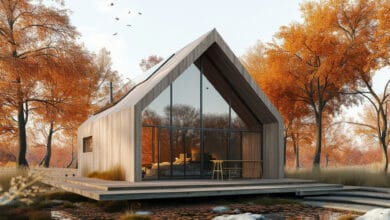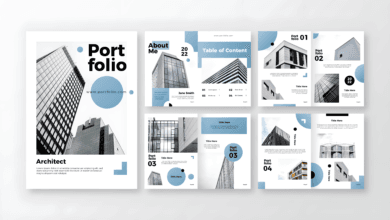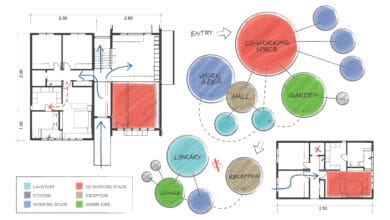What is Design in Architecture? Key Insights & Importance
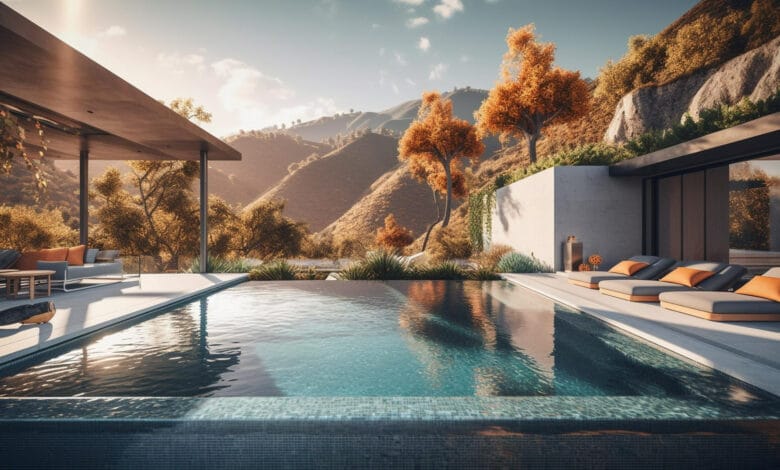
In Architecture, one question often pops up: what is design in architecture? Architectural design typically is the art and science of creating functional, visually attractive, and sustainable structures. It is when creativity and technical expertise shape construction to produce designs that influence how people interact with spaces. Whether designing a home, a skyscraper, or just a landscape, architecture doesn’t stop at buildings- it’s about vision, problem-solving, and innovation.
Let’s look at the meaning of design in more detail, its importance in architecture, elements, and real-world uses. Additionally, we’ll break down the architectural design process steps and differentiate between architecture and design, helping you understand their roles in shaping the world around you.
What is Design in Architecture?
Design is a universal language that communicates ideas, solves problems, and influences human behavior. In architecture, design is the foundation upon which every structure is built. It involves creative and strategic planning to produce spaces that are both practical and appealing.
What sets architectural design apart from other design fields is that it is deeply tied to technical aspects such as structural integrity, sustainability, and spatial planning. The goal is more than just beautiful structures; it is building with an intended purpose. Factors such as climate, materials, and user experience among others guide architects in creating living spaces that improve quality of life.
Historically, design principles in architecture have evolved with technology. Classical architecture emphasizes symmetry and proportion, while modern architecture uses digital design tools like 3D rendering to visualize projects before construction. This change shows how architectural design changes to satisfy society and technical needs.
Why is Design Important in Architecture?
Now that we know about what is design in architecture, let’s look at why it’s important. Design determines the final outcome of an architectural project in terms of both form and function. Good design balances aesthetics, improves the quality of life, maximizes usage, and integrates sustainable practices.
Architects consider conditions like lighting, ventilation, and spatial flow to create comfortable and meaningful spaces. Without thoughtful design, buildings can feel disconnected, inefficient, and even hazardous.
Modern architectural design focuses on sustainability. The use of eco-friendly materials, energy-efficient designs, and biophilic elements helps reduce environmental damage. Following architectural design principles, architects incorporate passive cooling, natural lighting, and recycled materials to create greener buildings.
Architectural design is a mirror of society, history, and cultural norms. Iconic structures, from Gothic cathedrals to minimalist high-rises, tell stories of their time. Beyond building, design in architecture shapes cityscapes, promotes community interaction, and affects everything from daily routines to overall well-being.
Elements of Design in Architecture
Great architectural design combines several core elements. These include:
1. Form and Structure
Form is the shape and overall mass of a building. Structure ensures stability and safety. Architects aim to achieve the right balance between both aspects to create useful and striking designs.
2. Space Layout
Spatial organization is crucial in architecture. Thoughtful design shows how occupants will use a space, ensuring a smooth flow and effective use of every area.
3. Materials Selection
Different materials have different effects on appearance, durability, and sustainability. For instance, glass, steel, wood, and concrete all contribute different visual and functional qualities to a structure.
4. Light and Color
Natural and artificial lighting influences mood and perception. Architects use light to highlight design features, set the mood, and improve energy efficiency.
The phases of the interior design process explain what is design in architecture, its role in the built environment and how these elements come together in real-world design and provide insight into project execution.
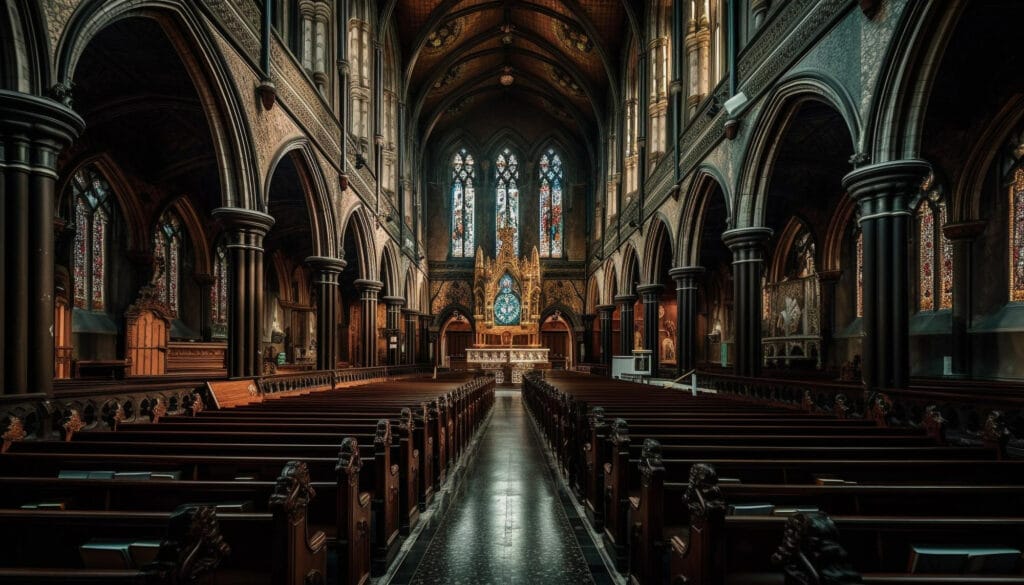
Examples of Design in Architecture
Let’s look at some examples that show us about what is design in architecture. Design manifests in various ways across architecture, from small-scale residential homes to massive commercial buildings.
1. Victorian Architecture – The Palace of Westminster (London, UK)
A classic example of Victorian architecture, featuring intricate Gothic Revival details, pointed arches, and elaborate facades.
2. Modern Architecture – The Farnsworth House (Illinois, USA)
Designed by Ludwig Mies van der Rohe, this minimalist glass-and-steel structure symbolizes function and simplicity.
3. Postmodern Architecture – Piazza d’Italia (New Orleans, USA)
A playful mix of classical and contemporary elements, bold colors, and exaggerated forms, designed by Charles Moore.
4. Neo-Futurist Architecture – Heydar Aliyev Center (Baku, Azerbaijan)
Designed by Zaha Hadid, this fluid, curvilinear structure pushes the boundaries of innovation and modern materials.
Sustainable and Modern Trends
Contemporary architecture combines smart technology, green roofs, and multipurpose areas. Cities like Singapore lead the way in biophilic design, merging nature with urban landscapes.
Difference Between Architecture and Design
While architecture refers to the art and science of building, design is the creative process behind it. The difference between architecture and design lies in their scope design is mostly about conceptualization, architecture is about technical execution. Both work together to bring architectural visions to life.
Understanding the Architectural Design Process
Every architectural project follows a systematic process to transform ideas into reality.
1. Concept Development
Architects start with sketches and conceptual models to explore design options. The first vision is molded by client meetings, research, and site analysis.
2. Detailed Planning and Execution
The project moves into technical drawing, material selection, and budgeting. Digital software like AutoCAD, Rhino, and Revit along with graphic design software like Adobe Photoshop assist in refining the design before construction begins.
3. Final Construction and Evaluation
After construction, architects assess the final stages of construction to ensure it aligns with the original design vision and meets standards. Understanding the architectural design process step-by-step is helpful for architects, interior designers, and project managers.
Conclusion
In conclusion, what is design in architecture is a question that goes beyond visual appearance. It is the creative force behind architecture. By integrating architectural design principles and following a structured architectural design process, architects create unforgettable experiences. Whether designing a soaring multi-story building or a cozy home, the essence of architectural design remains the same: to create spaces that inspire, function, and endure.
Source: Hager Smith
